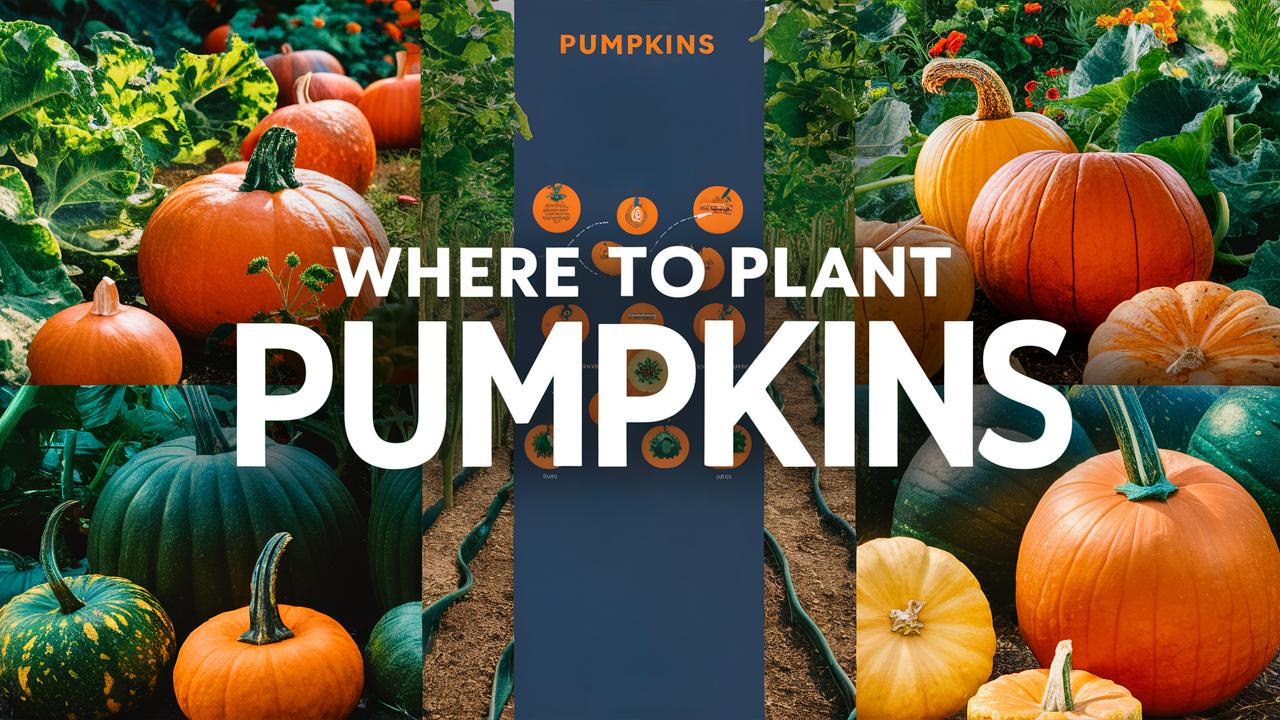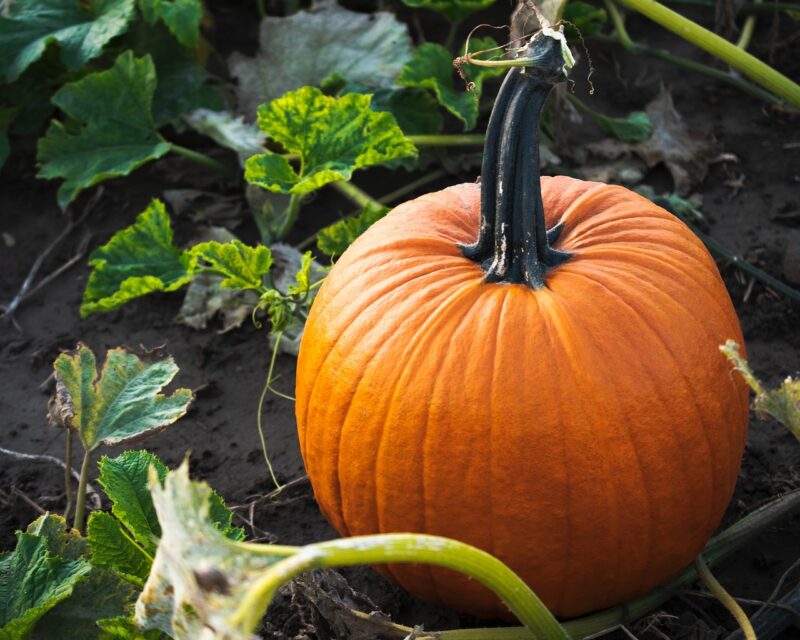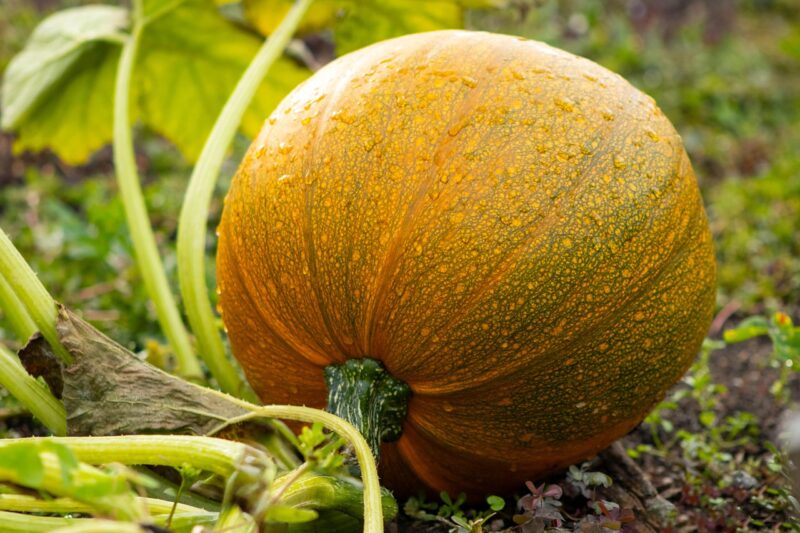This guide will provide you with in-depth insights on where to plant pumpkins, ensuring your patch thrives throughout the growing season.
Understanding Pumpkin Needs
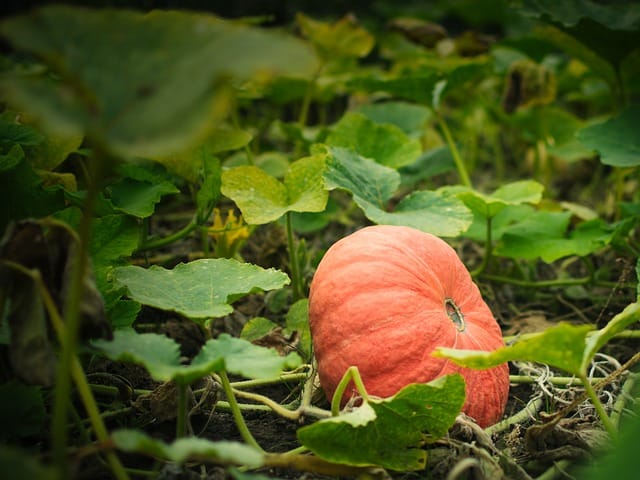
Before diving into where to plant your pumpkins, it’s vital to understand a few key requirements these gourds have. Pumpkins are members of the Cucurbitaceae family, which includes cucumbers, melons, and squash. They require specific conditions to flourish:
Sunlight
Pumpkins thrive in full sunlight, meaning they need at least 6 to 8 hours of direct sunlight daily. Lack of sunlight can stunt their growth and reduce the number of fruits produced. Therefore, when considering where to plant pumpkins, select areas in your garden that receive ample sun throughout the day.
Soil Quality
The quality of the soil is equally important. Pumpkins enjoy well-drained soil rich in organic matter. The ideal pH level for pumpkin growth is between 6.0 and 6.8. Conducting a soil test can provide insights into nutrient levels and pH, allowing you to amend the soil effectively before planting.
Space to Grow
Pumpkins are sprawling plants, often requiring a lot of room. Different varieties have distinct space needs, but on average, pumpkins need 4 to 10 feet of space between each plant. This sprawling nature not only facilitates their growth but also helps reduce the risk of diseases by improving air circulation.
Selecting the Right Location
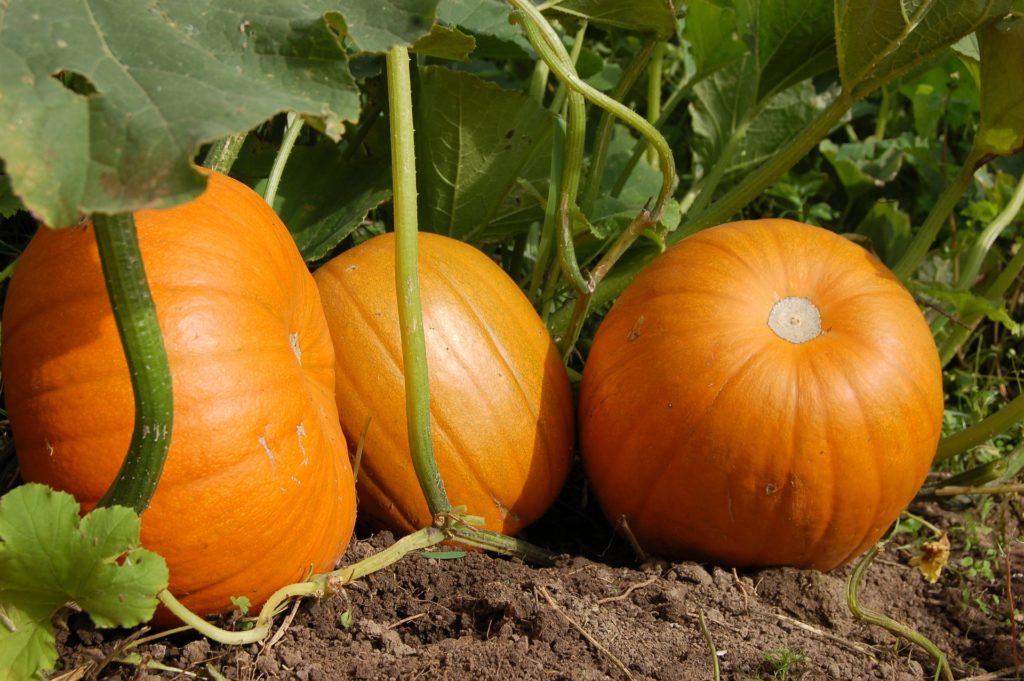
When assessing your garden for the best spot to plant pumpkins, consider a few important factors:
1. Sun Exposure
As mentioned, pumpkins bask in the sunshine. When scouting your planting site, observe how the sun moves across your property throughout the day. Look for areas that remain sunlit and are unshaded by trees, buildings, or fences. A south-facing slope can be advantageous, as it usually gets more sunlight.
2. Drainage Considerations
Proper drainage is crucial for healthy plant roots. Choose a location where water doesn’t pool after heavy rain, as standing water can quickly lead to root rot. If natural drainage is a concern, consider planting pumpkins on raised beds or mounds to enhance drainage.
3. Proximity to Water Sources
While pumpkins do need a good amount of water—especially during the fruit development stage—ensure that your water source (like a hose or irrigation system) is easily accessible. Regular watering is vital, particularly in the warmer months when the plants are actively growing.
Optimal Soil Conditions for Pumpkins

The foundation for a successful pumpkin garden starts with healthy soil. Here are some factors to consider when preparing your soil:
Improving Soil Structure
Pumpkins prefer loamy soil rich in organic matter. If your soil is sandy or clay-heavy, consider amending it with compost. Compost enriches the soil and improves its structure, allowing for better root growth and nutrient absorption. You can add about 2 to 3 inches of composted organic matter before planting.
Nutrient Levels
Pumpkins are heavy feeders, meaning they require ample nutrients for healthy growth. Ensure your soil is rich in nitrogen, phosphorus, and potassium. Consider using a balanced organic fertilizer before planting and side-dressing with additional nutrients as the plants mature.
pH Levels
As noted, the ideal pH for pumpkins lies between 6.0 and 6.8. You can amend your soil with lime to raise the pH or sulfur to lower it if necessary. A little preparation can go a long way in ensuring that your pumpkins have the best environment for growth.
Timing Your Planting
Choosing the right time to plant pumpkins is as crucial as selecting the right location. Pumpkins require warm soil to germinate effectively.
Understanding Soil Temperature
Pumpkin seeds germinate best when soil temperatures reach about 70°F (21°C) or higher. For many regions, the best time to plant pumpkins is after the last frost date in spring. To determine your local frost dates, consult a planting calendar for your area. Avoid planting too early, as frost can harm young seedlings.
Starting Seeds Indoors
In cooler climates, you might consider starting seeds indoors about 2 to 4 weeks before the last expected frost. Transplant the seedlings outdoors once the temperatures stabilize and conditions are favorable.
Planting Techniques for Pumpkins
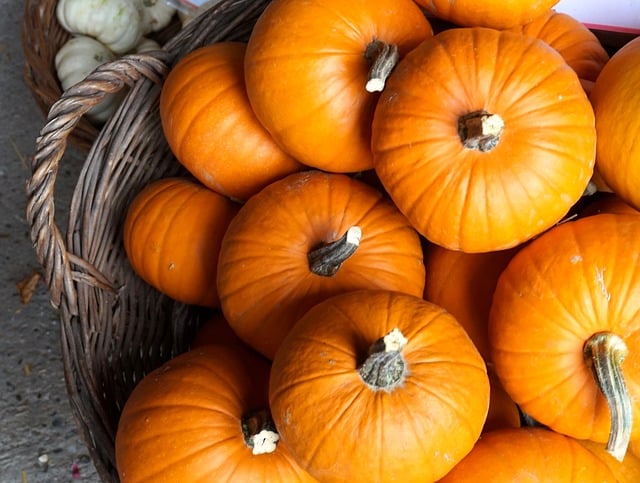
Once you’ve decided on the perfect location and timing, it’s time to plant! Here are some techniques and tips to maximize your pumpkin yield.
Direct Sowing vs. Transplanting
While you can start seeds indoors, many gardeners find direct sowing in the chosen outdoor location yields better results. Seeds should be sown about 1 inch deep and spaced appropriately based on the pumpkin variety you choose.
Hill Planting Technique
One popular method for planting pumpkins is the hill planting technique. Create mounds of soil (or hills) about 3 feet apart and plant 2 to 3 seeds in each hill. Once seedlings emerge, thin them out, leaving the healthiest plants (usually just one or two per hill). This technique improves drainage and warms the soil more quickly.
Maintaining Your Pumpkin Patch
After planting, regular maintenance is critical for growing healthy pumpkins. Proper care involves monitoring water, nutrients, and pest control.
Irrigation Practices
Pumpkins require consistent moisture, especially as the fruits begin to develop. Water deeply once a week, allowing the soil to dry slightly between waterings. Consider using soaker hoses or drip irrigation to avoid wetting the leaves, which can lead to fungal diseases.
Fertilization Schedule
In addition to amendments made at planting, pumpkins benefit from regular fertilization throughout the growing season. Applying a fertilizer with a higher potassium content can promote fruit growth. Monitor your plants and consider a side dressing of fertilizer about halfway through the growing season.
Pest and Disease Management
Pumpkins can attract various pests and diseases, including squash bugs, aphids, and powdery mildew. Monitoring your plants regularly and using organic pest control methods, such as introducing beneficial insects or using neem oil, can keep infestations in check. Crop rotation in subsequent seasons can also minimize soil-borne diseases.
Choosing the Right Pumpkin Varieties

The variety of pumpkin you choose can affect where and how you plant them. Here are a few popular types:
Standard Orange Pumpkins
If you’re looking to carve jack-o-lanterns, the classic orange pumpkin (like the ‘Howden’ or ‘Connecticut Field’) is a great choice. These varieties typically require plenty of space and are best planted in hilly areas to help with drainage and warmth.
Specialty Pumpkins
For those interested in culinary uses, varieties like ‘Sugar Pie’ or ‘Cinderella’ pumpkins are fantastic choices. These smaller, sweeter pumpkins are often more compact and can be planted in smaller spaces or containers.
Ornamental Pumpkins
If decoration is your priority, consider growing ornamental varieties like ‘Munchkin’ or ‘Baby Boo’. These smaller pumpkins can thrive in limited spaces, making them perfect for urban gardens or smaller yards.
Planting Pumpkins in Containers
If you’re limited on space, you can still grow pumpkins! Container gardening offers a versatile alternative.
Container Size
Choose a container that is at least 5 gallons or larger. The more space you provide, the bigger your pumpkin can grow. Ensure that the container has drainage holes to prevent water from pooling at the bottom.
Soil and Drainage
Use high-quality potting soil mixed with compost to create a nutrient-rich environment for your containerized pumpkins. Ensure the pot allows for adequate drainage to prevent root rot.
Harvesting Your Pumpkins
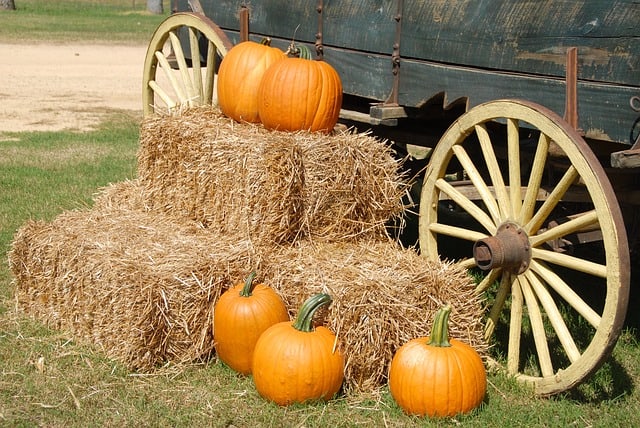
Once your pumpkins have matured, it’s crucial to know how and when to harvest.
Signs of Maturity
Pumpkins are typically ready for harvest when their skin has turned a deep color and feels hard to the touch. If the vine starts to wither or dry out, it may also signal that your pumpkins are ready to be picked.
Harvesting Technique
When harvesting pumpkins, cut them from the vine using sharp pruning shears, leaving a few inches of stem attached. Avoid yanking or pulling as it may damage the fruit or vine.
Storing Your Harvest
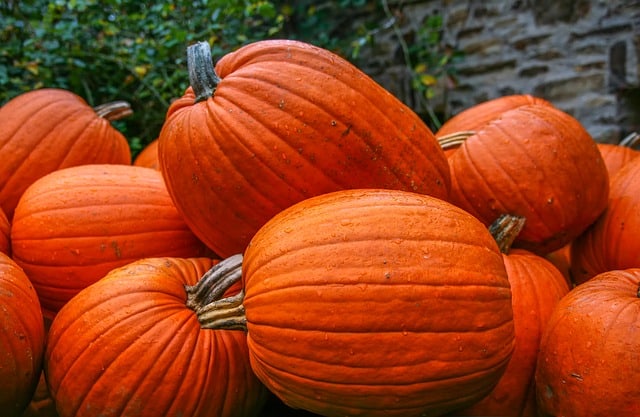
Successfully storing your harvested pumpkins will extend their shelf life. Here are some storage tips:
Ideal Conditions
Store pumpkins in a cool, dry location such as a basement or similar area. The ideal temperature is around 50°F to 55°F (10°C to 13°C).
Checking for Damage
Before storing, inspect each pumpkin for bruising or blemishes. Any damaged pumpkins should be used immediately to prevent decay from spreading to healthy ones.
Conclusion
Planting pumpkins can be a joyous and fruitful experience, offering a chance to engage with nature and enjoy the fruits of your labor. By paying attention to the specific location, soil conditions, and maintenance needs of your pumpkins, you can create a thriving pumpkin patch that yields beautiful and bountiful results


